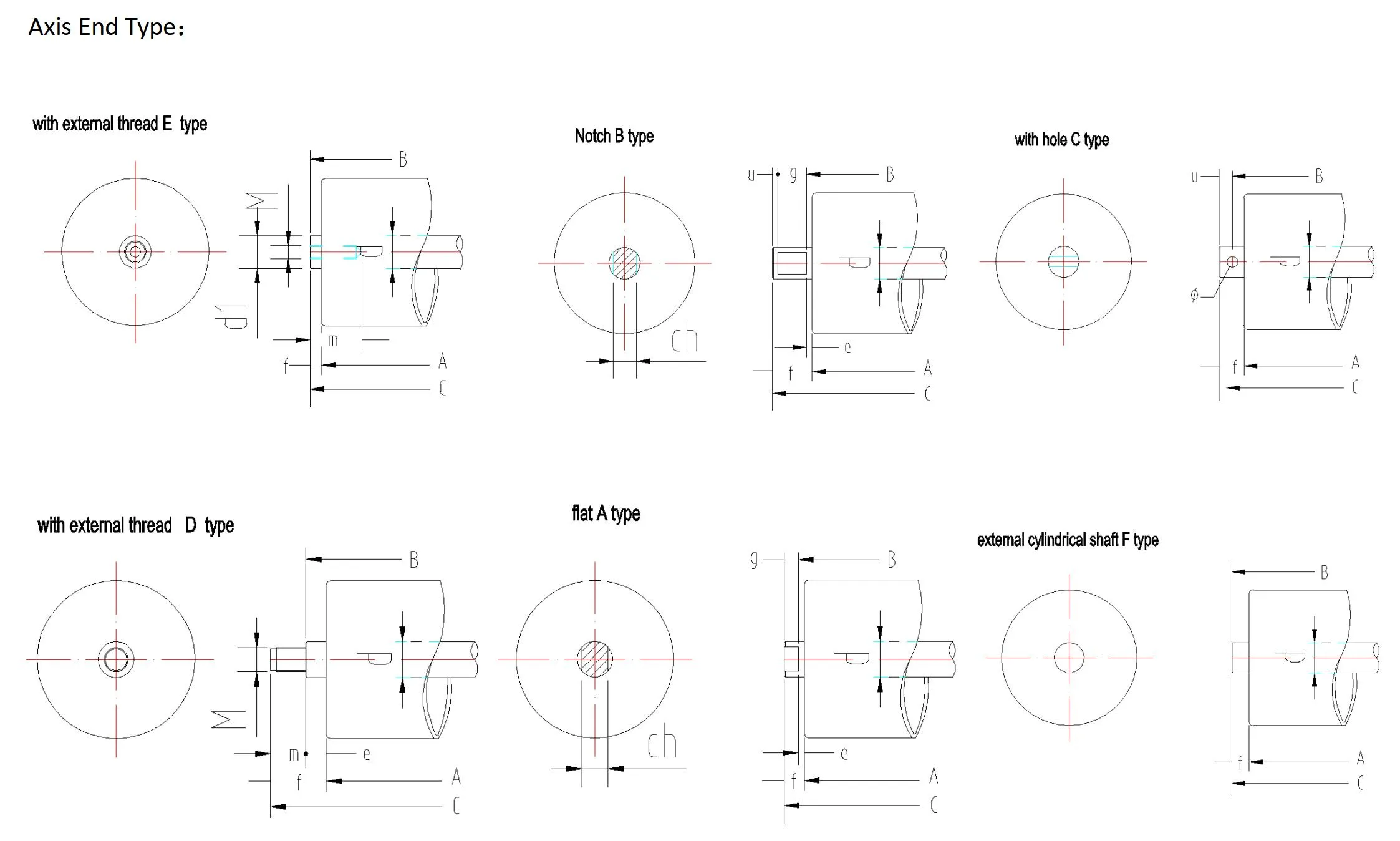 Afrikaans
Afrikaans  Albanian
Albanian  Amharic
Amharic  Arabic
Arabic  Armenian
Armenian  Azerbaijani
Azerbaijani  Basque
Basque  Belarusian
Belarusian  Bengali
Bengali  Bosnian
Bosnian  Bulgarian
Bulgarian  Catalan
Catalan  Cebuano
Cebuano  Corsican
Corsican  Croatian
Croatian  Czech
Czech  Danish
Danish  Dutch
Dutch  English
English  Esperanto
Esperanto  Estonian
Estonian  Finnish
Finnish  French
French  Frisian
Frisian  Galician
Galician  Georgian
Georgian  German
German  Greek
Greek  Gujarati
Gujarati  Haitian Creole
Haitian Creole  hausa
hausa  hawaiian
hawaiian  Hebrew
Hebrew  Hindi
Hindi  Miao
Miao  Hungarian
Hungarian  Icelandic
Icelandic  igbo
igbo  Indonesian
Indonesian  irish
irish  Italian
Italian  Japanese
Japanese  Javanese
Javanese  Kannada
Kannada  kazakh
kazakh  Khmer
Khmer  Rwandese
Rwandese  Korean
Korean  Kurdish
Kurdish  Kyrgyz
Kyrgyz  Lao
Lao  Latin
Latin  Latvian
Latvian  Lithuanian
Lithuanian  Luxembourgish
Luxembourgish  Macedonian
Macedonian  Malgashi
Malgashi  Malay
Malay  Malayalam
Malayalam  Maltese
Maltese  Maori
Maori  Marathi
Marathi  Mongolian
Mongolian  Myanmar
Myanmar  Nepali
Nepali  Norwegian
Norwegian  Norwegian
Norwegian  Occitan
Occitan  Pashto
Pashto  Persian
Persian  Polish
Polish  Portuguese
Portuguese  Punjabi
Punjabi  Romanian
Romanian  Russian
Russian  Samoan
Samoan  Scottish Gaelic
Scottish Gaelic  Serbian
Serbian  Sesotho
Sesotho  Shona
Shona  Sindhi
Sindhi  Sinhala
Sinhala  Slovak
Slovak  Slovenian
Slovenian  Somali
Somali  Spanish
Spanish  Sundanese
Sundanese  Swahili
Swahili  Swedish
Swedish  Tagalog
Tagalog  Tajik
Tajik  Tamil
Tamil  Tatar
Tatar  Telugu
Telugu  Thai
Thai  Turkish
Turkish  Turkmen
Turkmen  Ukrainian
Ukrainian  Urdu
Urdu  Uighur
Uighur  Uzbek
Uzbek  Vietnamese
Vietnamese  Welsh
Welsh  Bantu
Bantu  Yiddish
Yiddish  Yoruba
Yoruba  Zulu
Zulu ceramic pulley lagging
The Importance of Ceramic Pulley Lagging in Industrial Applications
In the realm of industrial operations, efficiency and durability are paramount. One component that plays a crucial role in enhancing the performance of conveyor systems is the pulley. Pulleys are essential for the smooth operation of conveyor belts, directing the movement of materials in various industries such as mining, manufacturing, and logistics. However, the longevity and reliability of these pulleys can be significantly improved through the use of ceramic pulley lagging.
Ceramic pulley lagging involves the application of ceramic materials onto the surface of pulleys to reduce wear and improve traction. Unlike conventional lagging materials, ceramic lagging incorporates small ceramic tiles that provide a hard, durable surface. This innovative approach addresses several challenges faced by industries, particularly in high-abrasion environments.
One of the most significant benefits of ceramic pulley lagging is its resistance to wear and tear. In industries such as mining, where abrasive materials are common, traditional lagging materials may degrade quickly. This can lead to increased maintenance costs and downtime, as damaged pulleys need to be repaired or replaced regularly. In contrast, ceramic lagging can withstand harsh conditions, significantly extending the lifespan of the pulley and reducing overall maintenance expenses.
Another advantage of ceramic pulley lagging is its ability to enhance grip. The surface of ceramic tiles provides superior friction, ensuring that the conveyor belt maintains proper tension and alignment. This is particularly critical in steep or inclined applications, where slippage can occur. By improving traction, ceramic lagging helps to prevent material spillage and reduces the risk of accidents in the workplace, thus promoting safety.
ceramic pulley lagging

Moreover, ceramic materials are resistant to temperature fluctuations and various chemical exposures, making them suitable for diverse industrial environments. Whether exposed to extreme heat, cold, or corrosive substances, ceramic pulley lagging maintains its integrity, ensuring consistent performance over time. This versatility means that companies can utilize ceramic lagging in numerous applications, enhancing productivity across different sectors.
In addition to its practical benefits, the installation of ceramic pulley lagging can also contribute to sustainability efforts. By extending the life of pulleys, companies can reduce the frequency of replacements, minimizing waste and the consumption of new materials. This aligns with the growing emphasis on sustainable practices within industries, as businesses strive to lower their environmental footprints.
However, it is essential to consider the installation and maintenance of ceramic pulley lagging. Proper application requires skilled technicians to ensure that the ceramic tiles are affixed correctly, maximizing their effectiveness. Regular inspections are also crucial to monitor the condition of the lagging and address any issues before they escalate into costly repairs.
In conclusion, ceramic pulley lagging represents a significant advancement in enhancing the durability and efficiency of conveyor systems. With its superior wear resistance, improved traction, and ability to withstand harsh conditions, ceramic lagging is an invaluable asset for industries reliant on conveyor technology. As companies continue to prioritize reliability and sustainability, the adoption of ceramic pulley lagging will likely increase, paving the way for more efficient and safer industrial operations.
-
Revolutionizing Conveyor Reliability with Advanced Rubber Lagging PulleysNewsJul.22,2025
-
Powering Precision and Durability with Expert Manufacturers of Conveyor ComponentsNewsJul.22,2025
-
Optimizing Conveyor Systems with Advanced Conveyor AccessoriesNewsJul.22,2025
-
Maximize Conveyor Efficiency with Quality Conveyor Idler PulleysNewsJul.22,2025
-
Future-Proof Your Conveyor System with High-Performance Polyurethane RollerNewsJul.22,2025
-
Driving Efficiency Forward with Quality Idlers and RollersNewsJul.22,2025





























